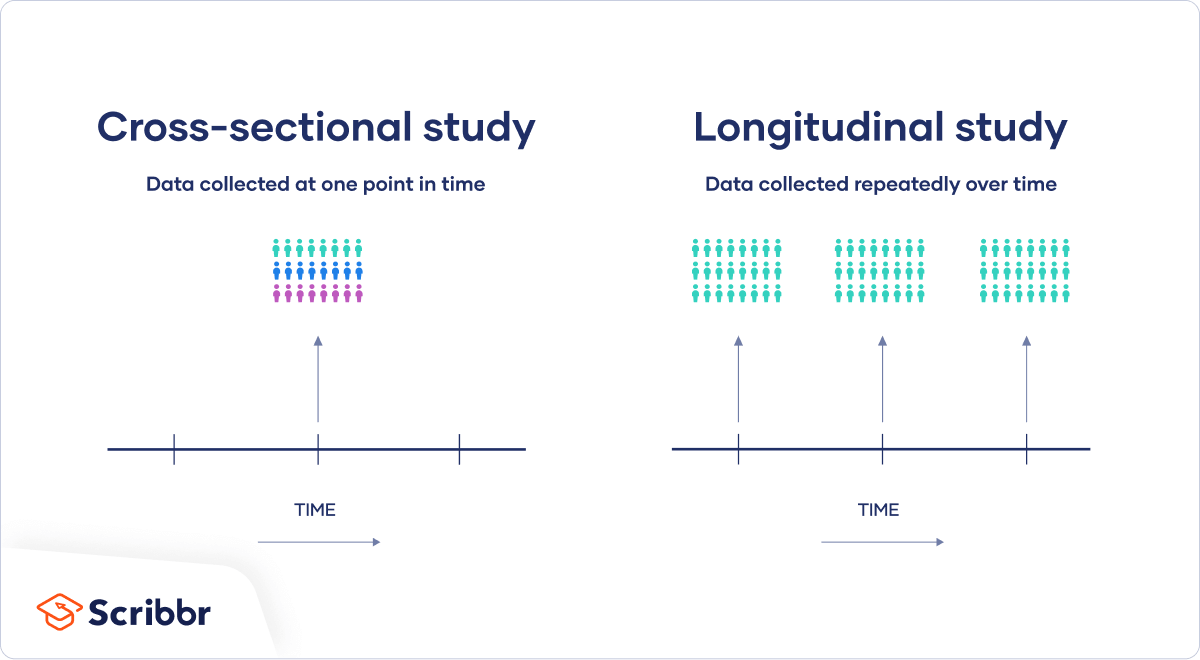Experiment
A controlled test or investigation, designed to examine the validity of a hypothesis. Also, the act of conducting an investigation.
Independent variable
The variable that is manipulated in an experiment.
Population
The group of individuals being studied.
Causation
When one variable causes the other.
Confirmation bias
The tendency to interpret evidence as confirmation of one's preexisting beliefs.
Single-blinded study
An experimental procedure in which the participants do not know whether they have received the treatment being tested.
Dependent variable
The variable that is observed and measured and that may change as a result of manipulations to the independent variable.
Sample
A subset of individuals in the population.
Correlation
A complementary, parallel, or reciprocal relationship between two variables.

Sampling bias
The tendency for some members of the population to be over-represented and others to be excluded from a sample.
Double blinded study
An experimental procedure in which neither the investigator nor the participants know who is in the experimental group and who is in the control group.
Placebo
A substance or procedure that has no therapeutic effect and may be used as a control in experimental research designs or to reinforce a patient's expectation of recovery.
Simple random sample
A sample in which each member of the population has an equal probability of participating.
Validity
An indication of how reliable the research is.
Volunteer bias
The tendency for those who volunteer for research to be different in some way from those who refuse to participate
Longitudinal study
The same group of participants is observed, measured, or tested over time.
Expectancy effect
An effect that may occur when a research participant's expectation of a certain result affects the outcome of the experiment.
Representative sample
A sample that has similar characteristics (such as age, gender, ethnicity, education) as the population from which it was drawn.
External Validity
The degree to which the findings can be applied in other settings.
Fallacy of insufficient evidence
An argument that does not provide sufficient evidence to support the conclusion.
Cross-sectional study
Surveys that obtain data from respondents at one point in time; cannot be used to examine trends over a longer period of time.

Confounding factor
A variable that is not the focus of the experiment, but which changes along with the independent variable, making it difficult to determine causal factors underlying the result.

Convenience sample
A sample that is not necessarily representative of the population, but that is easily accessible to the researcher.
Internal validity
The degree to which an experiment avoids confounding factors.
Fallacy of relevance
An argument that is irrelevant to the matter at hand.